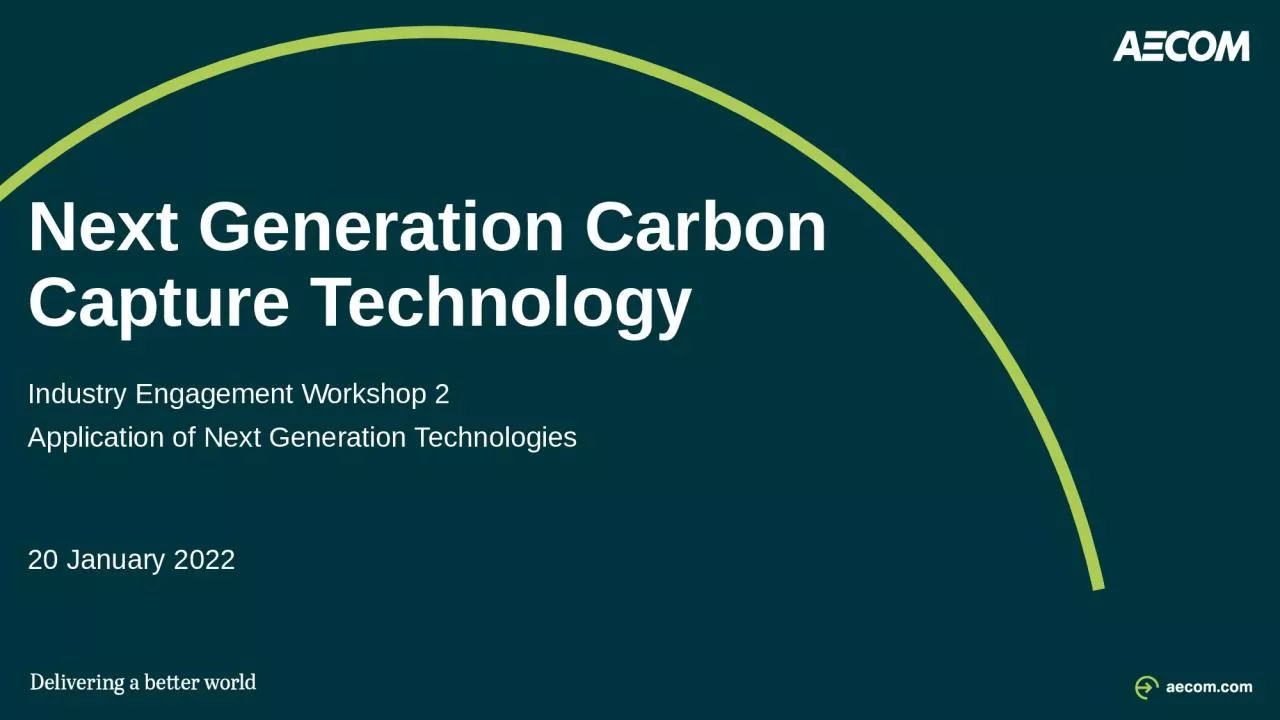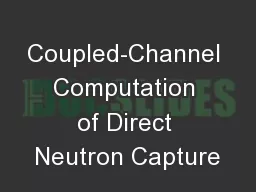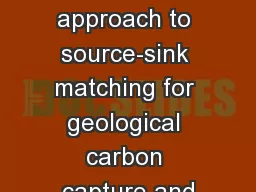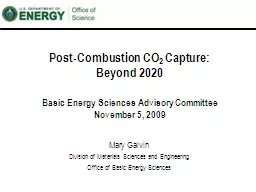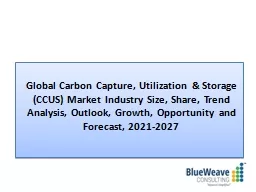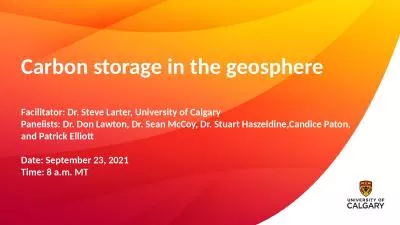PPT-Next Generation Carbon Capture Technology
Author : lucy | Published Date : 2023-11-23
Industry Engagement Workshop 2 Application of Next Generation Technologies 20 January 2022 The background fill can also be changed to an image Right click on the
Presentation Embed Code
Download Presentation
Download Presentation The PPT/PDF document "Next Generation Carbon Capture Technolog..." is the property of its rightful owner. Permission is granted to download and print the materials on this website for personal, non-commercial use only, and to display it on your personal computer provided you do not modify the materials and that you retain all copyright notices contained in the materials. By downloading content from our website, you accept the terms of this agreement.
Next Generation Carbon Capture Technology: Transcript
Download Rules Of Document
"Next Generation Carbon Capture Technology"The content belongs to its owner. You may download and print it for personal use, without modification, and keep all copyright notices. By downloading, you agree to these terms.
Related Documents

